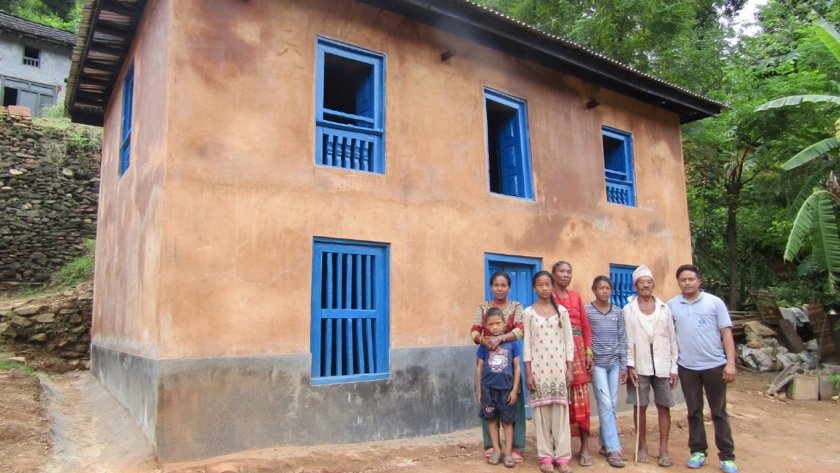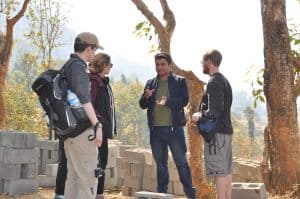Contributed by Amy Carter
Having just returned from the RMS Impact Trek in Nepal I felt encouraged to write about the tremendous work which Build Change is doing following the devastating earthquake in April 2015. My awareness of the charity only really came to light when RMS announced they would be organizing the impact trek and choosing three clients to take with them. I was lucky enough to be one of those three.


 Contributed by Paul Lewis
Contributed by Paul Lewis